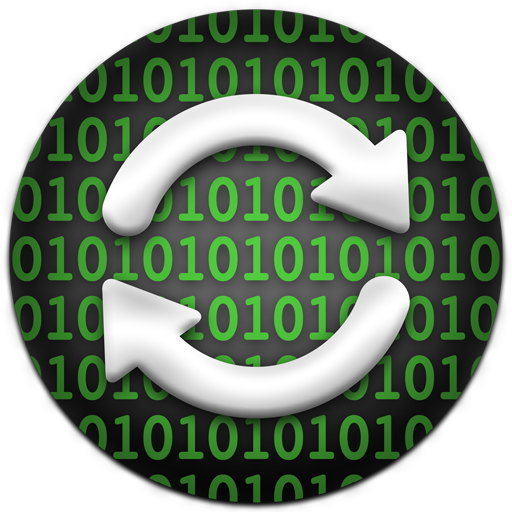|
|
|
|
|
|
|
|||||||

|
|
|
||||||||||||||||||||||||
|
|
|
Sync modes.
If you add, change, or delete a file from one location, the synchronization process will add, change, or delete the same file from the other location. The locations contain the same up-to-date information after each synchronization. During the first synchronization the synchronization process adds all the missing files to all locations, older files are overwritten by newer files. During subsequent synchronizations the program tracks all changes (additions, deletions, changes) in each location, older files are overwritten by newer files or they are deleted if their counterpart has also been deleted. Attention! You should use bidirectional Sync Mode A<->B with caution. If you delete a file from one location, the synchronization process will delete the same file from the other location. If you synchronize a local folder with a network folder and then connect the other network folder with the same name, the synchronization process will delete files from the local folder that are missing in the network folder.
If you add or change a file from one location, the synchronization process will add or change the same file from the other location. Both locations contain the same up-to-date information after each synchronization. The synchronization process adds all the missing files to all locations during the first and every next synchronization.
All new files / subfolders that have been added to the "Folder A", will be copied to the "Folder B".
All new files / subfolders that have been added to the "Folder B", will be copied to the "Folder A".
This mode backs-up "Folder A" to "Folder B", creating a mirror "Folder A" in the "Folder B".
This mode backs-up "Folder B" to "Folder A", creating a mirror "Folder B" in the "Folder A".
|
|
Filter settings.
Spelling. (==FirstText, and ==SecondText,) or ==ThirdText parentheses sign, an equal sign, an equal sign, 'FirstText', comma, space, 'and', space, an equal sign, an equal sign, 'SecondText', comma, parentheses sign, space, 'or', space, an equal sign, an equal sign, 'ThirdText'. Filter by name directory. (==FirstText, and ==SecondText,) or ==ThirdText Will be synchronized only the files that are in the folder that contains the name: Will not be synchronized the files that are in the folder that contains the name: !=FirstText, or !=SecondText Will be synchronized only the files that are in the folder that contains the name: Will not be synchronized the files that are in the folder that contains the name: Filter by file name. (==FirstText, and ==SecondText,) or ==ThirdText Will be synchronized the files that contain the name: Will not be synchronized the files that contain the name: !=FirstText, or !=SecondText Will be synchronized the files that contain the name: Will not be synchronized the files that contain the name: The filter takes into account the upper case.
|
|
"Move files to Del Folder" mode.
Saving the synchronized files in a specific location ("_DelSyncFiles"). Using this mode you are insured against accidental deletion of files, and can always return all the files even if you are re-sync a few times. Structure of folders and subfolders stored in the "_DelSyncFiles" folder. The "Del Folder" will be created automatically only if the synchronization process to remove the files, these files will be moved to "Del Folder". For example, the synchronization process will automatically create a folder "Video/_DelSyncFiles" for the folder "Video".
|
|
Automatic synchronization folders.
|
|
Settings Schedule.
|
|
Period of check changes to Auto Sync.
By increasing the period of check changes, you reduce the CPU.
|
|
|
|
|
|
|
|||||||||||||||||
| Copyright © 2025 GreenWorldSoft . All rights reserved. | Site map |